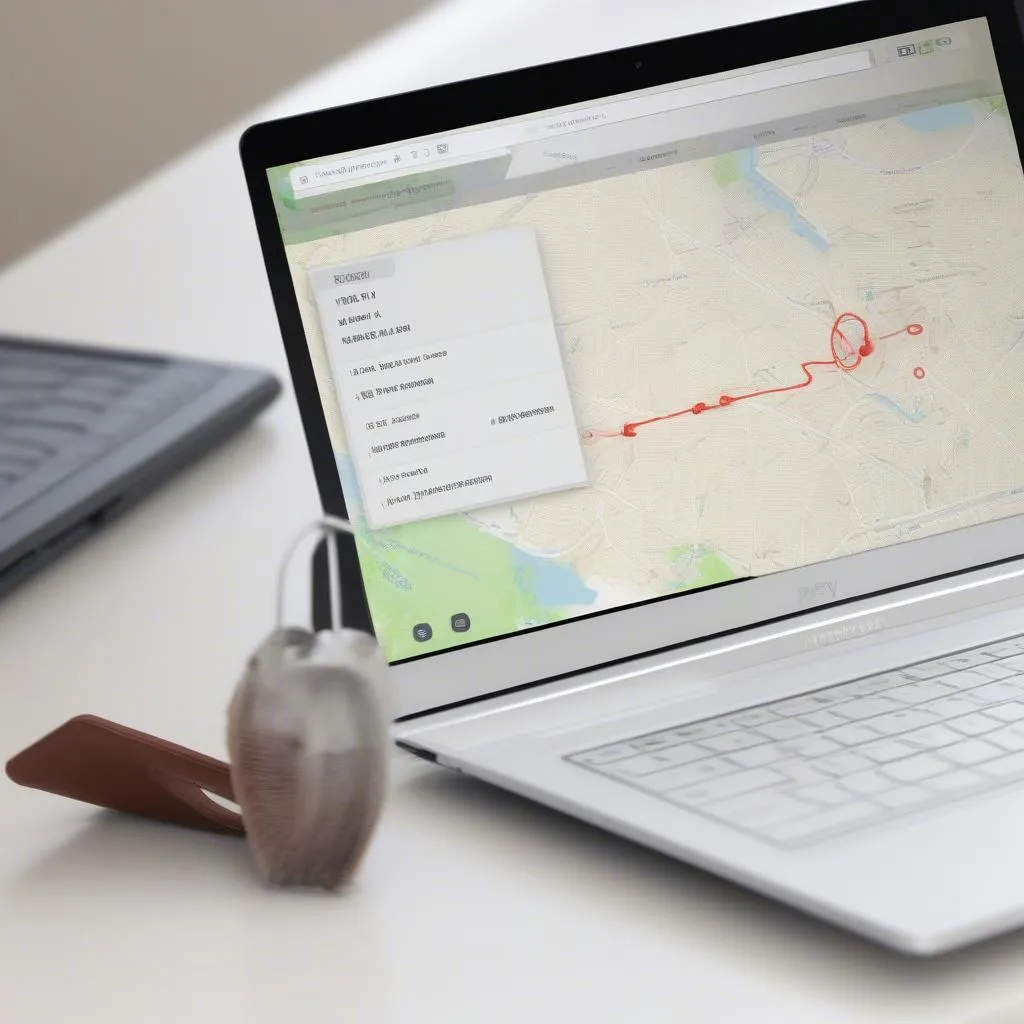Understanding your car’s dashboard warning lights is crucial for safe and efficient driving. Among these, seat warning lights can sometimes illuminate, indicating potential issues with your Seat’s safety systems. While these lights can be concerning, understanding their meaning and knowing how to reset them can save you time and unnecessary trips to the mechanic. This guide will delve into the common causes of seat warning lights in Seat vehicles and provide step-by-step instructions on how to reset them.
Common Causes of Seat Warning Lights
Seat warning lights are typically associated with the following systems:
- Seat Belt Warning Light: This light is a crucial safety reminder, illuminating when the driver or passenger’s seat belt is not fastened.
- Airbag System: Malfunctions within the airbag system, including faulty sensors, wiring issues, or deployed airbags, can trigger seat warning lights.
- Occupant Detection System: Many modern Seat models feature occupant detection systems that use sensors to determine if a passenger is present and adjust airbag deployment accordingly. Issues with these sensors can lead to warning lights.
Troubleshooting Seat Warning Lights
Before attempting to reset any warning lights, it’s essential to diagnose the root cause. Here are some steps to help you troubleshoot:
- Check Seat Belts: Ensure all passengers have fastened their seat belts properly. Sometimes a loose connection can trigger the warning light.
- Inspect Wiring and Connections: If you suspect a wiring issue, carefully examine the connections under the seats. Look for any loose, damaged, or corroded wires.
- Scan for Diagnostic Trouble Codes (DTCs): Using an OBD-II scanner can provide valuable insights into the specific issue triggering the warning light. This tool reads codes stored in your car’s computer, pinpointing the problem area.
 Seat Belt Warning Light
Seat Belt Warning Light
Resetting Seat Warning Lights
Once you’ve addressed the underlying cause, you can attempt to reset the warning lights. Here are a few methods you can try:
Method 1: Battery Disconnection
- Disconnect the negative terminal of your Seat’s battery and wait for at least 15 minutes. This allows the car’s electrical system to discharge, potentially clearing any temporary glitches.
- Reconnect the battery terminal and start the engine to see if the warning light has reset.
Method 2: OBD-II Scanner Reset
- Connect your OBD-II scanner to the diagnostic port located under the dashboard on the driver’s side.
- Turn on the ignition but don’t start the engine.
- Follow the scanner’s instructions to access the airbag or SRS (Supplemental Restraint System) module.
- Select the option to clear or reset the fault codes.
- Disconnect the scanner and start the engine to confirm the reset.
Method 3: Remote Software Programming
- In certain cases, particularly for more complex issues, remote software programming may be necessary.
- This involves a certified technician accessing your Seat’s onboard computer system remotely to diagnose and resolve software-related issues.
For model-specific instructions on resetting seat warning lights, refer to your Seat owner’s manual or consult a qualified mechanic.
When to Seek Professional Help
While some seat warning light issues can be resolved with simple troubleshooting and resets, others require professional attention. If you experience any of the following, it’s crucial to consult a qualified mechanic:
- The warning light persists after trying the reset methods.
- You’re unsure about the cause of the warning light.
- You suspect a significant issue with your Seat’s safety systems.
Prevention Tips
- Always wear your seat belt and ensure all passengers do the same.
- Regularly inspect the wiring and connections under your seats, especially if you frequently adjust the seat positions.
- Address any airbag system or seat belt issues promptly to prevent further complications.
Remember, addressing seat warning lights promptly ensures the optimal functionality of your Seat’s safety systems, keeping you and your passengers protected on the road.
Expert Insight
“Ignoring seat warning lights can have serious consequences,” says John Miller, a certified Seat technician with over 15 years of experience. “These lights are often your first indication of potential issues with critical safety systems like airbags and seat belts. Addressing them promptly ensures your car is performing at its safest.”
FAQs
Q: Can I drive my Seat with a seat warning light on?
A: It’s not advisable to ignore any warning light, especially those related to safety systems.
Q: How much does it cost to reset a seat warning light?
A: The cost can vary depending on the cause and complexity of the issue. Simple resets might be inexpensive, while complex repairs can be more costly.
Q: How often should I check my Seat’s warning lights?
A: It’s a good practice to perform a visual check of your dashboard warning lights every time you start your car.
By understanding the meaning of seat warning lights, following the troubleshooting steps, and knowing when to seek professional help, you can maintain the safety and reliability of your Seat vehicle. If you’re experiencing persistent warning light issues, refer to resources like “reset warning lights seat leon” or “how to reset warning lights on seat ibiza” for more specific guidance. Remember, safety should always be your top priority.

